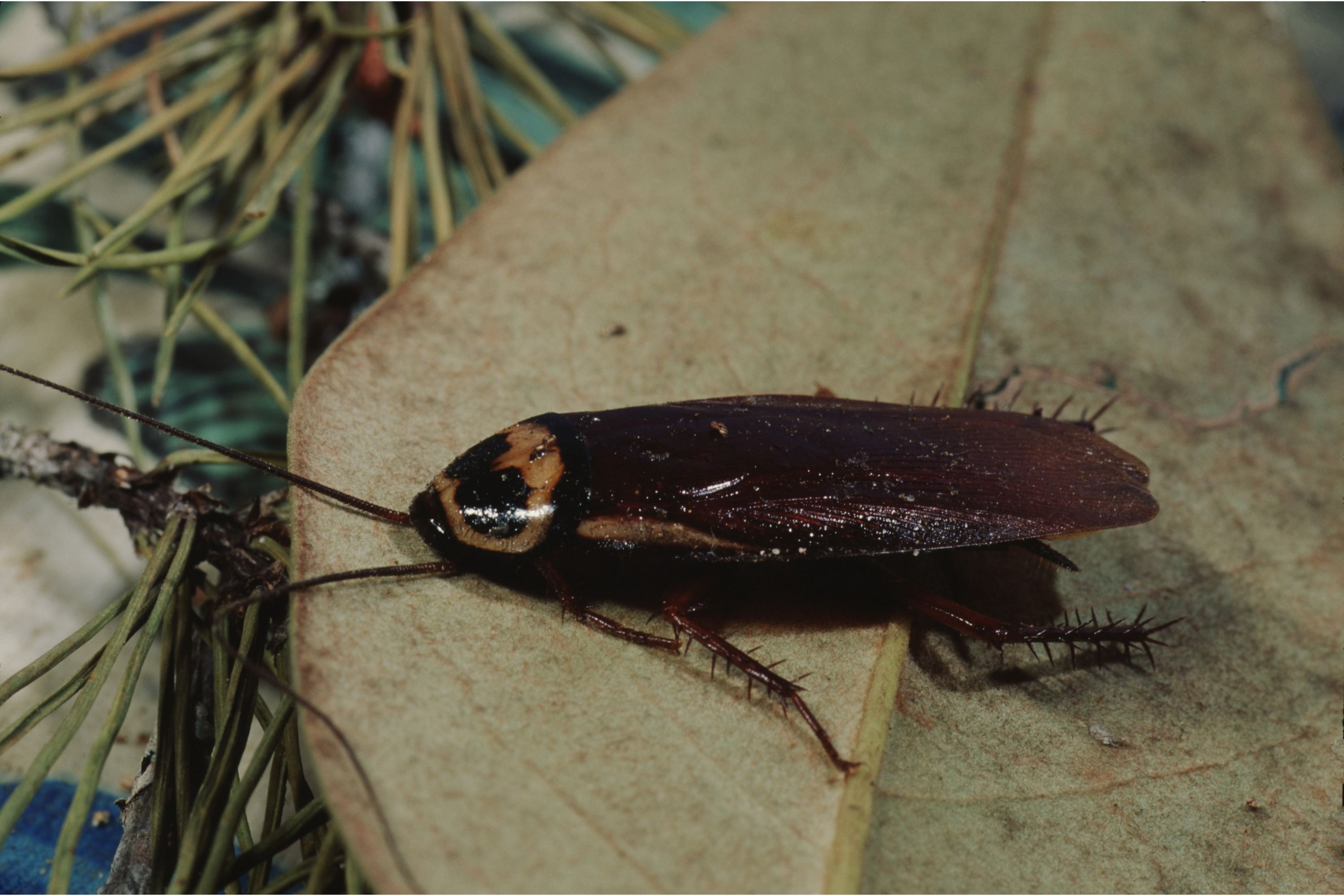American cockroach
(Periplaneta americana)

Description
The cockroach (Periplaneta americana) is the largest species of common cockroach, and often considered a pest. In certain regions of the U.S. it is colloquially known as the waterbug, though it is not a true waterbug since it is not aquatic. It is also known as the ship cockroach, kakerlac, and Bombay canary. It is often misidentified as a palmetto bug. Despite their name, American cockroaches are native to Africa and the Middle East. They are believed to have been introduced to the Americas only from the 17th century AD onward as a result of human commercial patterns, including the Atlantic slave trade. Despite the name, none of the Periplaneta species is native to the Americas; P. americana was introduced to what is now the United States from Africa as early as 1625. They are now common in tropical climates because human activity has extended the insects' range of habitation, and are virtually cosmopolitan in distribution as a result of global commerce. Of all common cockroach species, the American cockroach has the largest body size; molts 6–14 times (mostly 13 times) before metamorphosis; and has the longest lifecycle, up to about 700 days. It has an average length around 4 cm (1.6 in) and is about 7 mm (0.28 in) tall. They are reddish brown and have a yellowish margin on the pronotum, the body region behind the head. Immature cockroaches resemble adults except they are wingless. The cockroach is divided into three sections; the body is flattened and broadly oval, with a shield-like pronotum covering its head. A pronotum is a plate-like structure that covers all or part of the dorsal surface of the thorax of certain insects. They also have chewing mouth parts, long, segmented antennae, and leathery fore wings with delicate hind wings. The third section of the cockroach is the abdomen. The insect can travel quickly, often darting out of sight when a threat is perceived, and can fit into small cracks and under doors despite its fairly large size. It is considered one of the fastest running insects. In an experiment, a P. americana registered a record speed of 5.4 km/h (3.4 mph), about 50 body lengths per second, which would be comparable to a human running at 330 km/h (210 mph). It has a pair of large compound eyes, each having over 3500 individual lenses (ommatidia, hexagonal apertures which provide a kind of vision known as the mosaic vision with more sensitivity but less resolution, being common during night, hence called nocturnal vision.)
Taxonomic tree:







